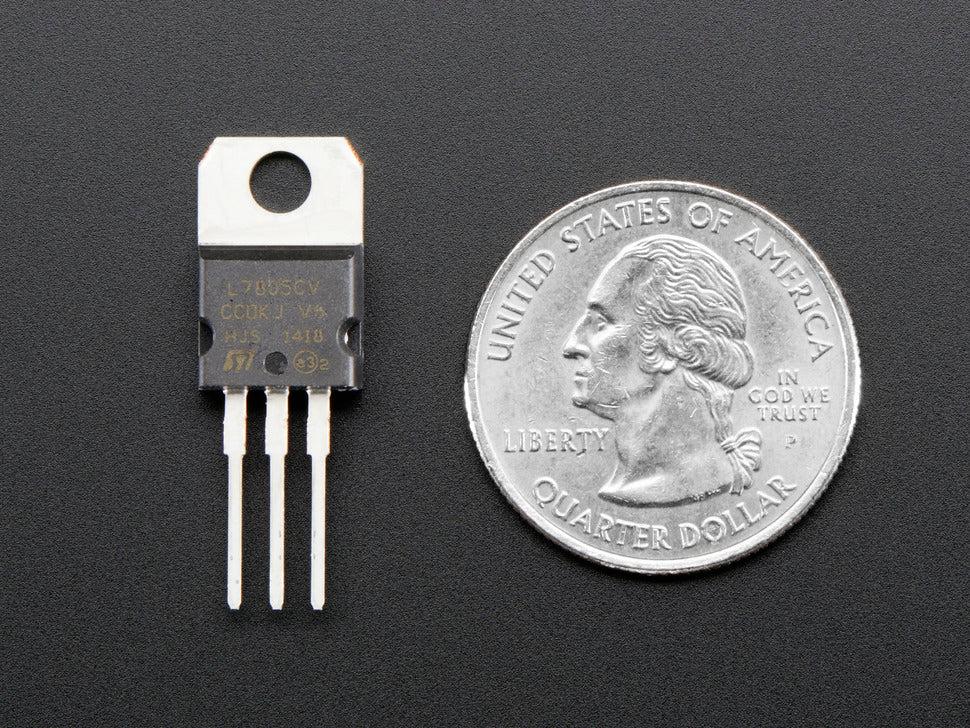What are Linear Voltage Regulators?
A linear voltage regulator is a DC power supply designed to automatically maintain a constant voltage level. The term "linear" comes from the linear relationship between the input and output voltages. A linear regulator varies the resistance between its input and output leads to regulate the voltage.
Key Components of a Linear Regulator
Linear Voltage Regulators contain a few key components that allow them to regulate the output voltage.
- Input Terminal: This is where the unregulated DC voltage is fed into the regulator circuit. It's usually marked as VIN.
- Pass Transistor: Located between the input and output terminals, this transistor acts as a variable resistor. Its resistance is adjusted to drop or reduce the input voltage to the required output level.
- Feedback Circuit: This circuit senses and compares the actual output voltage to an internal reference voltage. Any difference is fed back to adjust the resistance of the pass transistor accordingly.
- Output Terminal: The regulated DC voltage is provided at this terminal. It's usually marked as VOUT. The voltage here remains constant despite fluctuations at the input.
Internal Reference Voltage
At the heart of the feedback circuit is an internal bandgap voltage reference. Essentially a precisely controlled voltage source, it acts as the set point against which the actual output is compared. This reference voltage determines the level to which the regulator maintains the output.
Get more insights on Linear Voltage Regulators
Discover the Report for More Insights, Tailored to Your Language
French | German | Italian | Russian | Japanese | Chinese Korean | Portuguese
About Author:
Ravina Pandya, Content Writer, has a strong foothold in the market research industry. She specializes in writing well-researched articles from different industries, including food and beverages, information and technology, healthcare, chemical and materials, etc. (https://www.linkedin.com/in/ravina-pandya-1a3984191)

